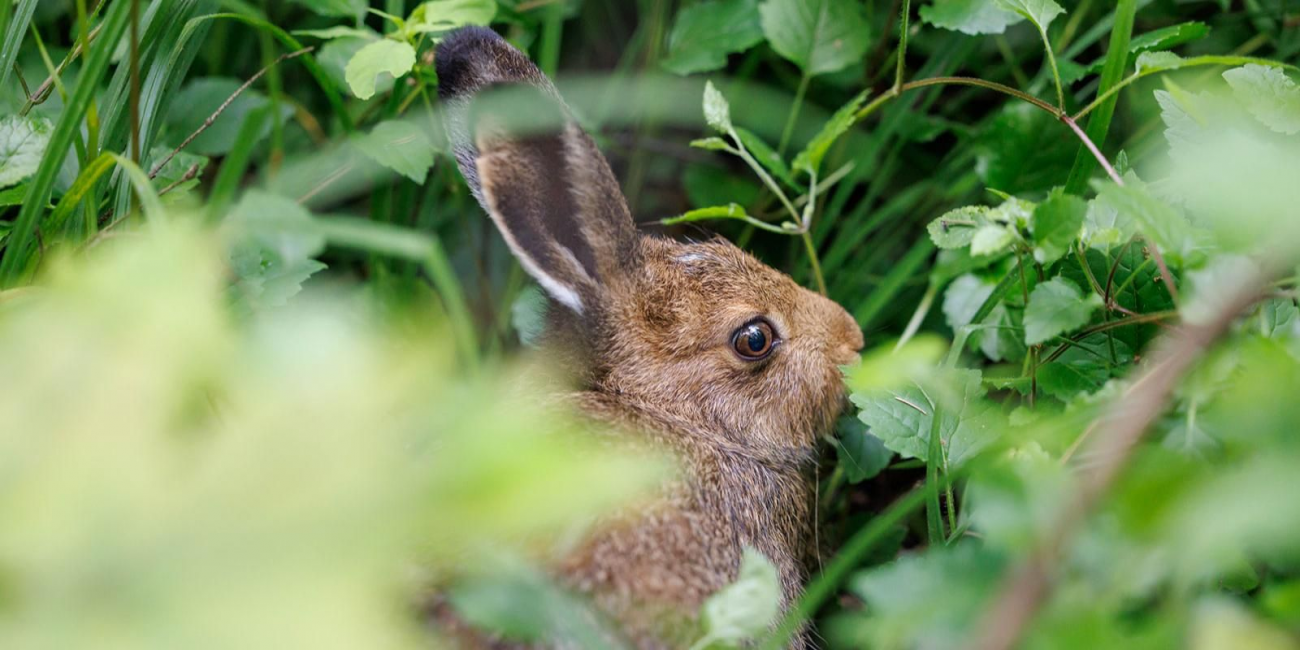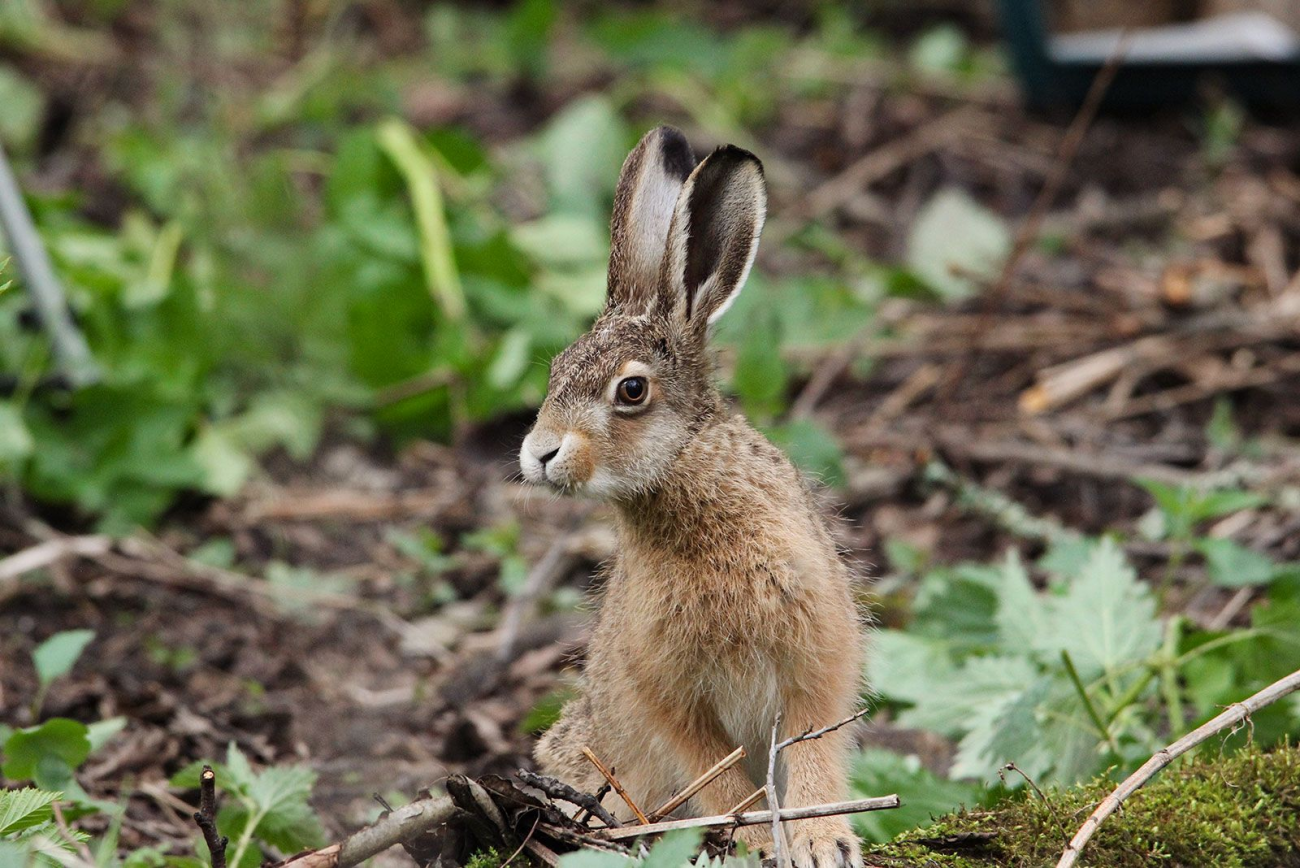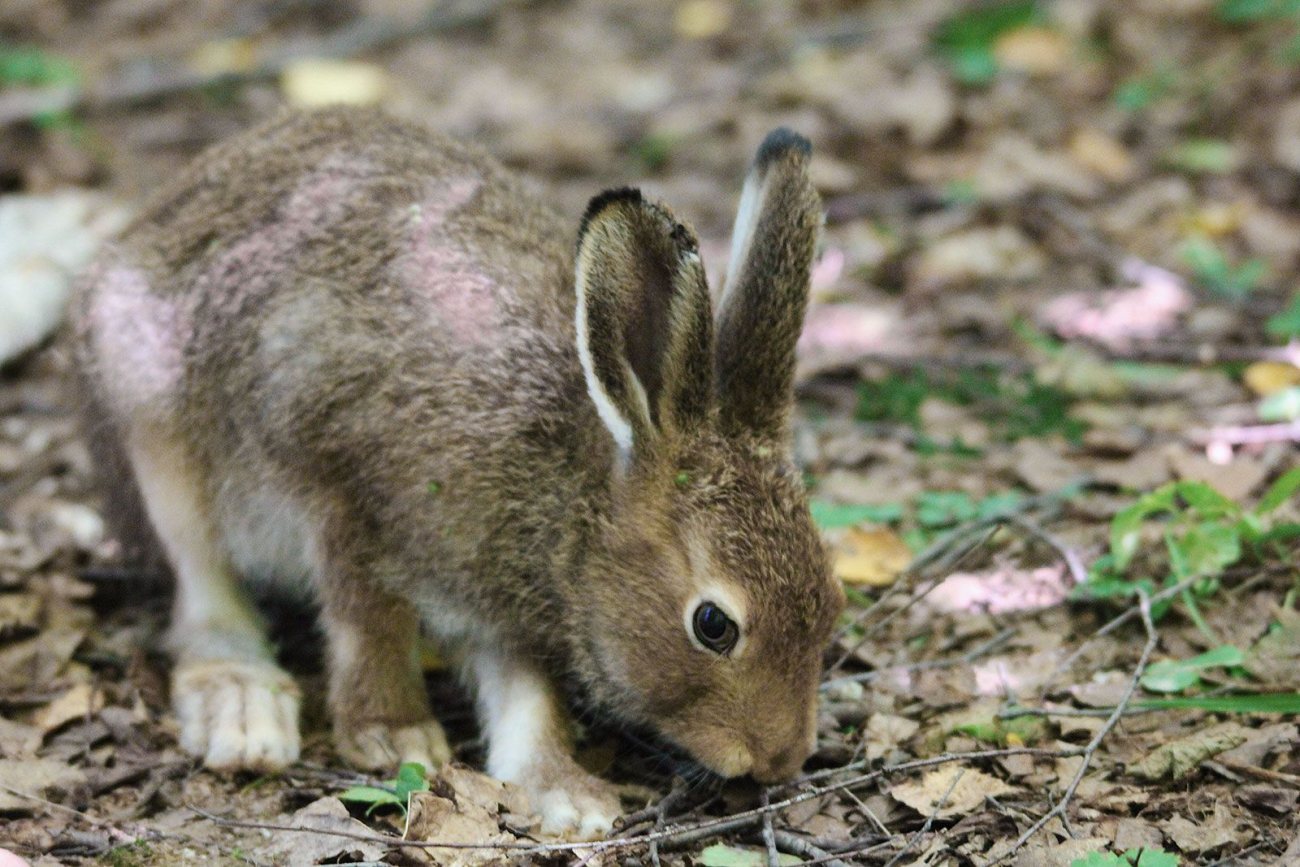
The staff of the A.N. Severtsov Institute of Ecology and Evolution of the Russian Academy of Sciences (IEE RAS) together with the Department of Nature Management and Environmental Protection have prepared instructions. The most important thing is not to touch or take the found hares home. The best thing a person can do when meeting one in nature is to pass by.
In summer, Moscow's green areas are in hare season. During walks in nature, you can meet young hares of different ages - from tiny ones to already large teenagers. Specialists from the capital's Department of Nature Management and Environmental Protection warn that the smallest of them are especially vulnerable: hiding from danger, they can easily become prey for domestic pets.
The reason for the different age composition of the hare population is very simple: these animals have offspring several times a year. The first rut occurs in February-March, and 50 days later, in April-May, babies weighing up to 130-150 grams are born. During the season, the female gives birth to a brood several times, so in the warm season, green areas turn into a hare kindergarten.
Two species of these animals live in Moscow - the white hare and the brown hare. In winter, the white hare acquires a white color, and the brown hare only changes its shade from gray or brown to a lighter one.

In the first 20 days of life, the tiny creatures are completely defenseless. They are not yet able to escape from a threat, so they choose the tactic of hiding. In case of danger, an adult female hare protects her kits, diverting attention to herself, and the babies hide in the grass so carefully that they can only be discovered by chance. During this period, they consume fat and nutrients from their mother's milk, which helps them grow quickly. The female feeds her offspring once or twice a day, and on average, each baby gains 20 grams in weight daily.
By the age of ten days, the baby hare already begins to try grass, but continues to feed on mother's milk. The instinct of hiding in these animals disappears around the 20th day, and then they begin to actively explore the space around them. By the age of about 38-45 days, the hare becomes completely independent - the mother leaves him, and the young animal begins its own adult life.
How not to harm a baby hare
Hares are largely known to be fertile animals. The female's rut begins on the same day that her first litter of the year is born. Thus, while she is nursing the first litter, the second is already preparing to be born. This happens several times during the spring-summer season, and each litter can contain from one to four hares.
At the same time, despite the fertility inherent in nature, there are also restraining factors. Female hares, for example, are distinguished by their pickiness in choosing a mate. Therefore, for successful reproduction, it is important that the population in the area they have chosen is large enough to find a suitable male.
Another restraining factor is the vulnerability of hares to predators. It may seem that this animal lives everywhere and is a habitual inhabitant of green areas, but today both species - the white hare and the brown hare - are listed in the Red Book of Moscow.

The leverets are not yet able to run away from danger, their only defense is to hide. In the green areas of the metropolis, the main threat to them is domestic animals. They can fall prey to domestic dogs. That is why it is so important to always keep your pet on a leash during walks in city parks and forests.
Another ironclad rule that must be followed: do not touch or take the found hares home. It is almost impossible to feed these long-eared kits at home - pet food is absolutely not suitable for them. The best thing a person can do when they meet a leveret in nature is to pass by. Its mother will definitely return and feed her child. If the animal is injured, only animal rehabilitation specialists can help it.
The Department of Nature Management and Environmental Protection of the City of Moscow is working to preserve the population of the brown hare and the white hare. In TiNAO, over 200 animals have been released into green areas in recent years. This summer, in the capital part of the Losiny Ostrov National Park, specialists from the department and scientists from the A.N. Severtsov Institute of Ecology and Evolution of the Russian Academy of Sciences carried out events to introduce the white hare: 30 young individuals were released into the green territory of Moscow, where they have all the conditions for a prosperous life and reproduction.
Related materials:
Regions: "Chernogolovka hunters explained why there are no hare trails in the city in the fall"
